Personality on Paper
Community members discuss the rising popularity of personality tests and the accuracy of their test results.
Icons representing some of the 16 personalities from the Myers-Briggs personality test interact with each other.
January 22, 2022
Fernanda Hererra ’23 stared at the spinning wizard hat on her computer, waiting for the bright emerald crest to appear. She said that she felt confident she was a Slytherin and that she assumed the official Hogwarts house sorting quiz she had taken on the Harry Potter website would simply confirm her conclusion.
Three years later, Hererra took a more scientifically based personality test in her 10th grade LifeLab class. The Murphy-Meisgeier Type Indicator for Children (MMTIC) sorts participants into psychological type categories based on responses to questions. It is a child-friendly version of the Myers-Briggs Type Indicator (MBTI), which provides a four-letter code that represents traits like extroversion, introversion, feeling, thinking and judging.
Hererra said while she found her test results interesting, she fell into the same pattern of results-oriented test-taking that she said affected her Hogwarts sorting hat results in middle school.
“I took my sorting hat test during this period on the internet where people really wanted to be Slytherin, so all of my friends came and said their tests said they would be in the Slytherin house,” Hererra said. “These external pressures really influenced the way we answered questions. I think that even with other personality tests, when people are asked if they have certain positive traits, they are probably more inclined to say they possess them because that makes them look good. They will answer based on the way they want to be perceived.”
Upper School Counselor Michelle Bracken said the MMTIC is an incomplete assessment of a person’s entire personality but encourages students to be more self-aware and understand how they interact with others.
“The MMTIC is not a label, nor does it tell anyone the whole story about their personality or who they are,” Bracken said. “Teens are in the stage of development where they are trying to find their identity. Trying to fit in, have friends and be invited to things are all parts of a teen’s daily life. Trying on different identities on the path to finding one’s identity is what teenagers do on a daily basis. It is part of the process for teenagers to want to have answers to why they do things and how they can fit in or figure out who they are.”
According to a Chronicle survey, 224 of the 257 students polled—about 87%—said they have taken a personality test. Those students have diverging opinions about the tests’ accuracy: 35.27% said their results correctly described who they are, while 37.98% disagreed and 26.74% were undecided. A majority of students thought, however, that personality tests should have minimal influence on their personal lives, with 89.49% of respondents stating they do not let their results guide relationships and social decisions.
Hererra said personalities often change based on social conditions and tests cannot capture the way people make relationship and behavioral choices.
“If you have different friend groups, they are probably going to perceive you differently,” Hererra said. “People tend to act differently and code switch around different groups. The way I act around teachers is not the way I act around my peers, so if my teachers took a personality test for me, that personality is going to be different than the one my friends take or the one my parents take.”
Within the past several decades, the popularity of personality tests’ grew to become a $2 billion dollar industry that influences individuals, workplaces and social scenes. Since the 1960s, about 50 million people have taken the MBTI, and 88 of last year’s Fortune 100 companies used it in the workplace , according to The Guardian. At the school, personality tests’ influence extends beyond LifeLab activities; they are also used by clubs and in classroom environments.
As part of a leadership and teamwork exercise, HW Venture’s student leaders each took the Insights Test, which divides participants into colors representing attitudes and skills that they contribute to a team.
Lavinia Tyagi ’23 said she uses tests to improve connections with peers. Tyagi, who said she took the MBTI with a friend, said the test presented helpful insights into the ways they both process difficulties.
“It helped us get to know not only ourselves better but also each other and our relationship,” Tyagi said. “I feel like I know how to better comfort [my friend] when he is down because I know and understand his personality type better.”
In addition to strengthening relationships with friends , Tyagi said the test helped improve her self-understanding.
“I feel like the results reinforce some of the decisions I have made in the past and explain why I did what I did,” Tyagi said. “I appreciate how it can also call attention to some of my faults that I did not notice before, which is really helpful because I can now improve my relationships with other people or how I act in situations. [Teens] are still developing a sense of identity. Sometimes, it feels like there are parts of ourselves that contradict each other, so being able to look at a summary and reflection of our personality helps us connect the pieces that seem disjointed and out of place.”
Ofek Levy ’23 said he doubts the validity and effectiveness of personality tests because they overlook the subtleties of the human character.
“I think that personality tests have no real scientific basis,” Levy said. “They do make sense to some degree since many of them are made by grouping certain emotions or qualities together, but a lot of the time that creates oversimplification because we are so complex.”
Levy said personality tests might be more useful if people chose to take them at different points in time, allowing them to reflect on changes in their lives and how their values shifted accordingly.
“After we take the quiz, instead of just [being assigned] a character type, we would receive a list of our answers,” Levy said. “That way, when we retake the test in the future, we can compare our responses to see how they and we have changed [over time]. It would also be interesting to retake the test after a big event like the [COVID-19] pandemic and see how you have changed and what different decisions you would now make.”
Bracken said personality tests are limited in their ability to assess people. She said to understand themselves more comprehensively, students should engage in self-reflection and give themselves time to evolve before associating themself with a rigid identity label.
“I do not think there is one test that tells us who we are,” Bracken said. “I think there are many different ways to figure out one’s identity. It is a process that requires intentional thought and reflection, [and] teens and adults do not always spend the time required to move through this process to come up with a strong sense of identity. Most people develop this sense of self as they mature and have more experiences.”































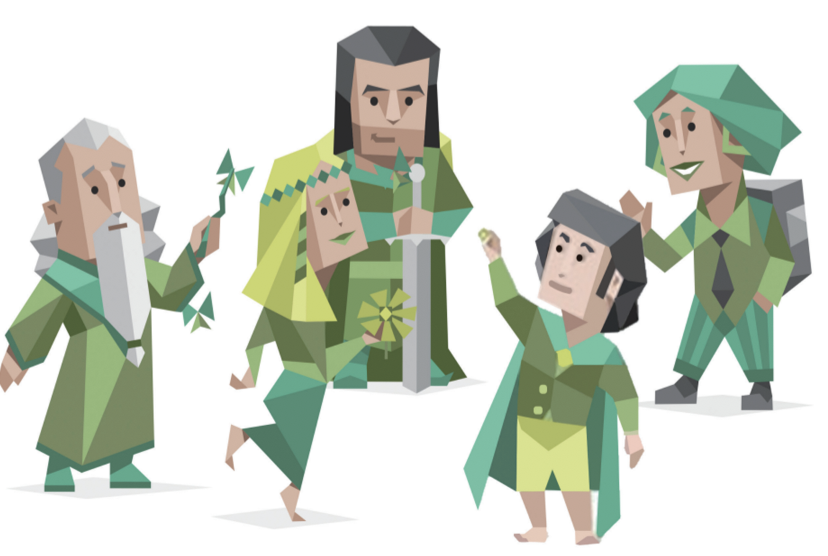
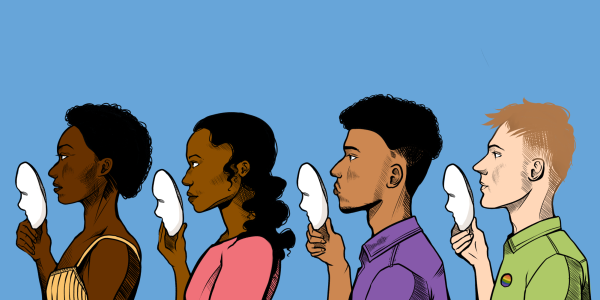



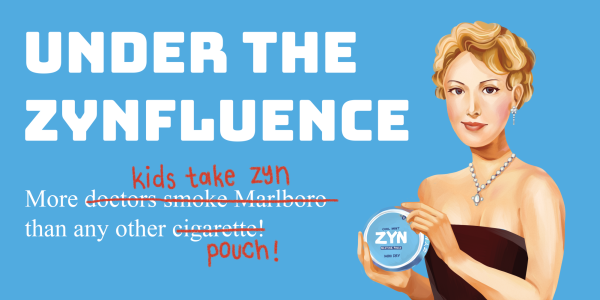
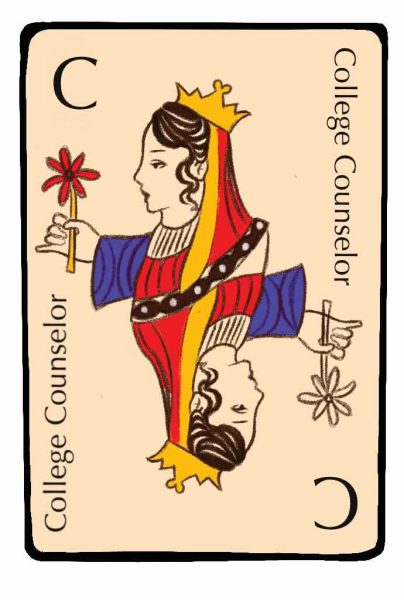
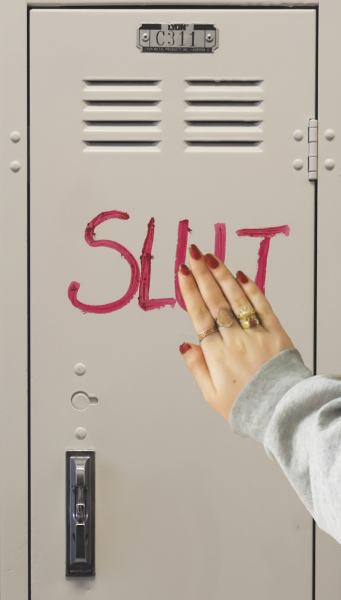



Jocelyn Medawar • Feb 17, 2022 at 2:28 pm
Thank you for this thoughtful piece. While personality tests can be useful, they are limited at best. Tagging yourself as an introvert or an extrovert, a Slytherin or a Hufflepuff (that’s me, a proud Hufflepuff, by the way), or one type of learner versus another type, can be helpful, of course, but it can also shut you down from the delightful discovery that you can expand and adapt in ways you never thought possible. A personality test is a way to create a neat and tidy box that simply can’t capture the amazing messiness of our evolving selves. Even astrology is more nuanced.